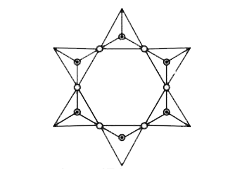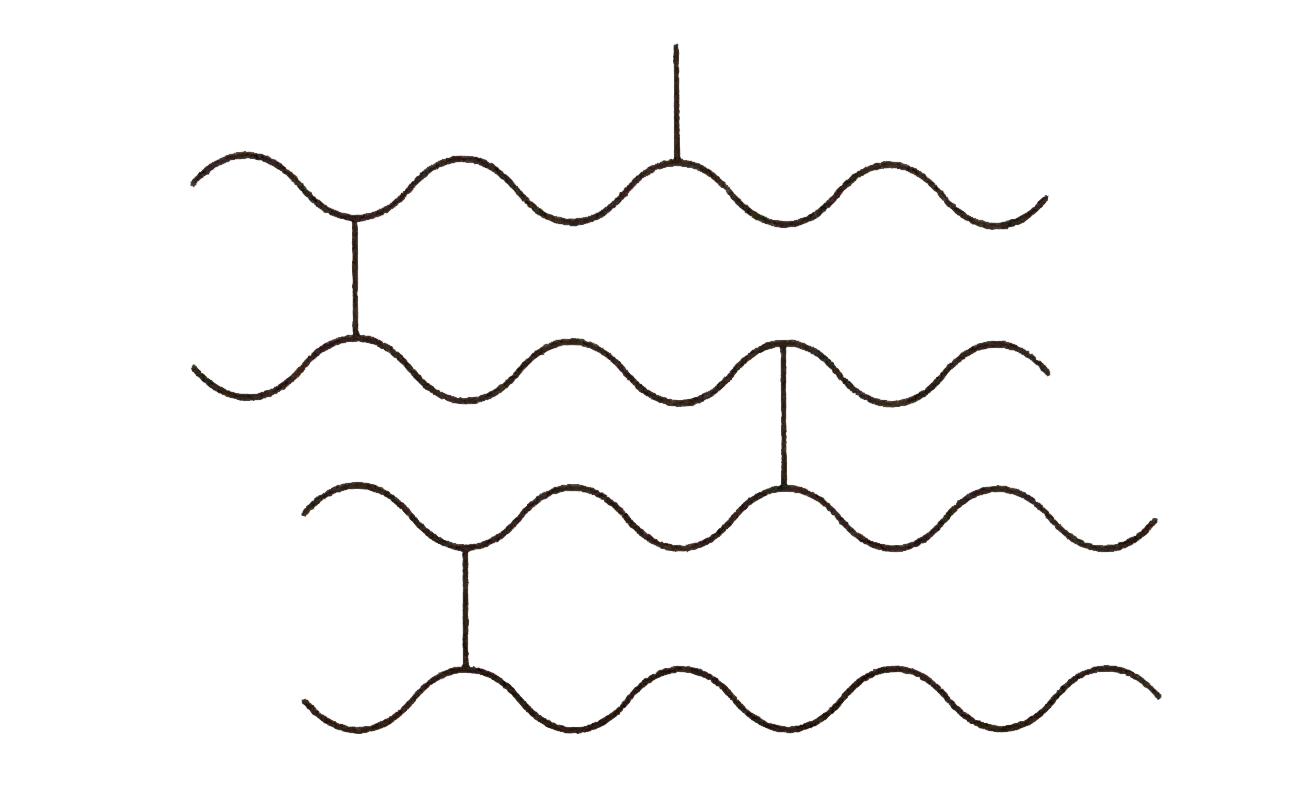Why does type of overlap given in the following figure not result in bond formation?

Video Solution
Text Solution
In the figure(I), area of ++ overlap is equal to +- overlap, so net overlap is zero, while in figure (II), there is no overlap due to different symmetry.
|
Updated on:21/07/2023
Topper's Solved these Questions
- BOOK - NCERT EXEMPLAR ENGLISHCHAPTER - CHEMICAL BONDING AND MOLECULAR STRUCTUREEXERCISE - Matching the columns5videos
CHEMICAL BONDING AND MOLECULAR STRUCTURE
- BOOK - NCERT EXEMPLAR ENGLISHCHAPTER - CHEMICAL BONDING AND MOLECULAR STRUCTUREEXERCISE - Assertions and Reasons3videos
CHEMICAL BONDING AND MOLECULAR STRUCTURE
- BOOK - NCERT EXEMPLAR ENGLISHCHAPTER - CHEMICAL BONDING AND MOLECULAR STRUCTUREEXERCISE - Long Answer type questions9videos
CHEMICAL BONDING AND MOLECULAR STRUCTURE
- BOOK - NCERT EXEMPLAR ENGLISHCHAPTER - CLASSIFICATION OF ELEMENTS AND PERIODICITY IN PROPERTIES.EXERCISE - Long answer types question7videos
CLASSIFICATION OF ELEMENTS AND PERIODICITY IN PROPERTIES.
Similar Questions
Knowledge Check
- Question 1 - Select One
Which of the following reactions will not result in the formation of anisole?
A B
B C
C D
D
Which one of the following will result in the formation of an ether?
View SolutionWhich of the following condition favours the bond formation?
View SolutionWhich of the following set of overlap can not provide π -bond formation
View SolutionWhich of the following is/are correct for the formation of π bond ?
View SolutionWhich of the following gives rise to the formation of bond ?
View SolutionPredict the type of bonding in the following molecules:
waterView SolutionWhich type of silicate is shown in the given figure ?
 View Solution
View Solution


